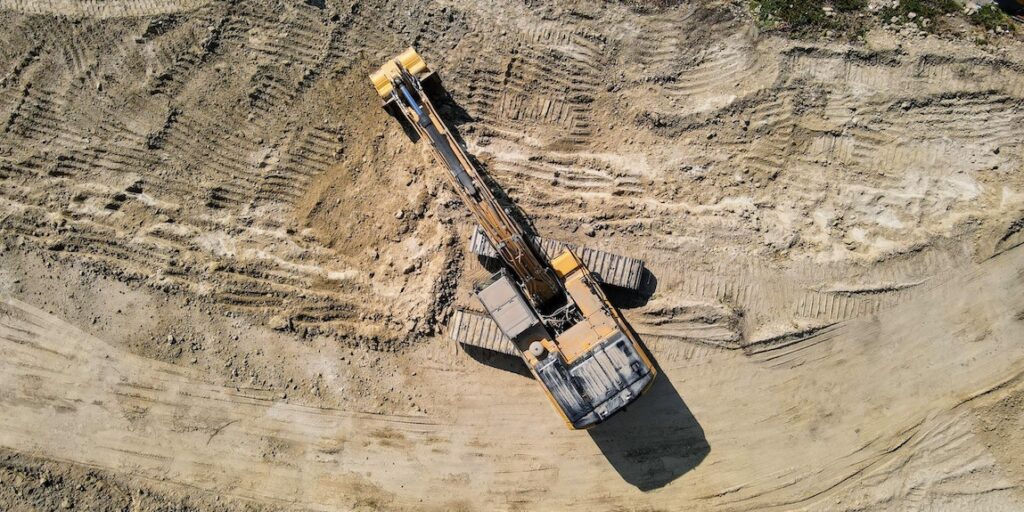

As the name “telematics” indicates, a telematics system combines telecommunication and informatics, as simple as that. Telematics is by no means a new technology in the construction industry, however a lot of companies have failed to adopt it into their operations. Even for those who have, telematics has drastically improved in terms of possibilities, price and availability.
Nowadays the industry contains telematics systems that can provide true fleet intelligence to businesses and the providers are going above and beyond to ensure customer success.
It’s important to stay up to date with telematics trends to get the most out of the system. Think about it this way: A consumer would never buy the latest and most advanced smartphone just to use it to make phone calls. It is the same concept with telematics, utilizing a system to its full potential will ensure that the investment is worthwhile.
It´s all about digitally connecting machines, equipment, assets and even operators within the construction eco-system, and collect valuable insights and data to help create relevant services for the individual personas in the value chain.
Whether you are an OEM manufacture, a rental company or a private fleet owner, the data driven services should be tailored to your specific needs. In addition to this, the construction telematics solutions need to support a mixed fleet concept, and provide universal connectivity and global coverage.
Until recently, all data types in the construction industry remained brand-specific, requiring contractors to use proprietary software systems provided by each of the OEMs to access data for operational decision-making. Today Association of Equipment Management Professionals, called AEMP have agreed to standardize telematics data across all makes, and in July 2016 a mixed-fleet telematics protocol adopted by AEMP members was approved as an international ISO standard. This allows the industry to have full access to telematics across mixed fleets, providing contractors with their first holistic view of machinery in motion.
New technologies within the cellular networks arises quickly under the name narrowband IoT, (NB-IoT), designed to broaden the future of IoT connectivity. Ratified by the 3GPP, a telecoms standards body which works to develop future generation wireless technologies, NB-IoT will soon be deployed by operators across the globe.
This new technology move, offers immediate connections with miles-long connection ranges, low-power and a much more affordable price point than the traditional IoT connectivity known in the industry, and based primarily on 2G, 3G or 4G platforms.
Narrowband IoT will eventually bring new telematics solutions to market, and potentially enabling a lot of equipment and assets that would never have been considered as part of construction IoT.
It is a very important fact that NB-IoT is a complimentary solution to the present telematics solutions on the market. NB-IoT makes a huge difference, but it is not an upcoming revolutionary technology, that should keep construction businesses on-hold from investing in and utilizing telematics in their fleet.
The industry is at a very important state, and the sooner the individual machine or equipment types are enabled to be included in an IoT ecosystem, the better are the possibilities of achieving great results, and help generate savings on the TCO. Just reach out to your preferred telematics provider for assistance and consultancy to help your business towards the next gen. construction telematics IoT.
In conjunction with the new technologies and standardizations, modern telematics solutions should not only aggregate data, but also provide analytics and recommendations that empower fleet managers to make smarter business decisions.
The best telematics solutions are often provided as turnkey solutions, that requires little to no work on the management end of the data collection. From installation to full implementation, telematics solutions are meant to do the work for you – tracking, recording and analysing the equipment data needed, in order to address real pain points.
Never miss an insight. We’ll email you when new articles are published on this topic.
